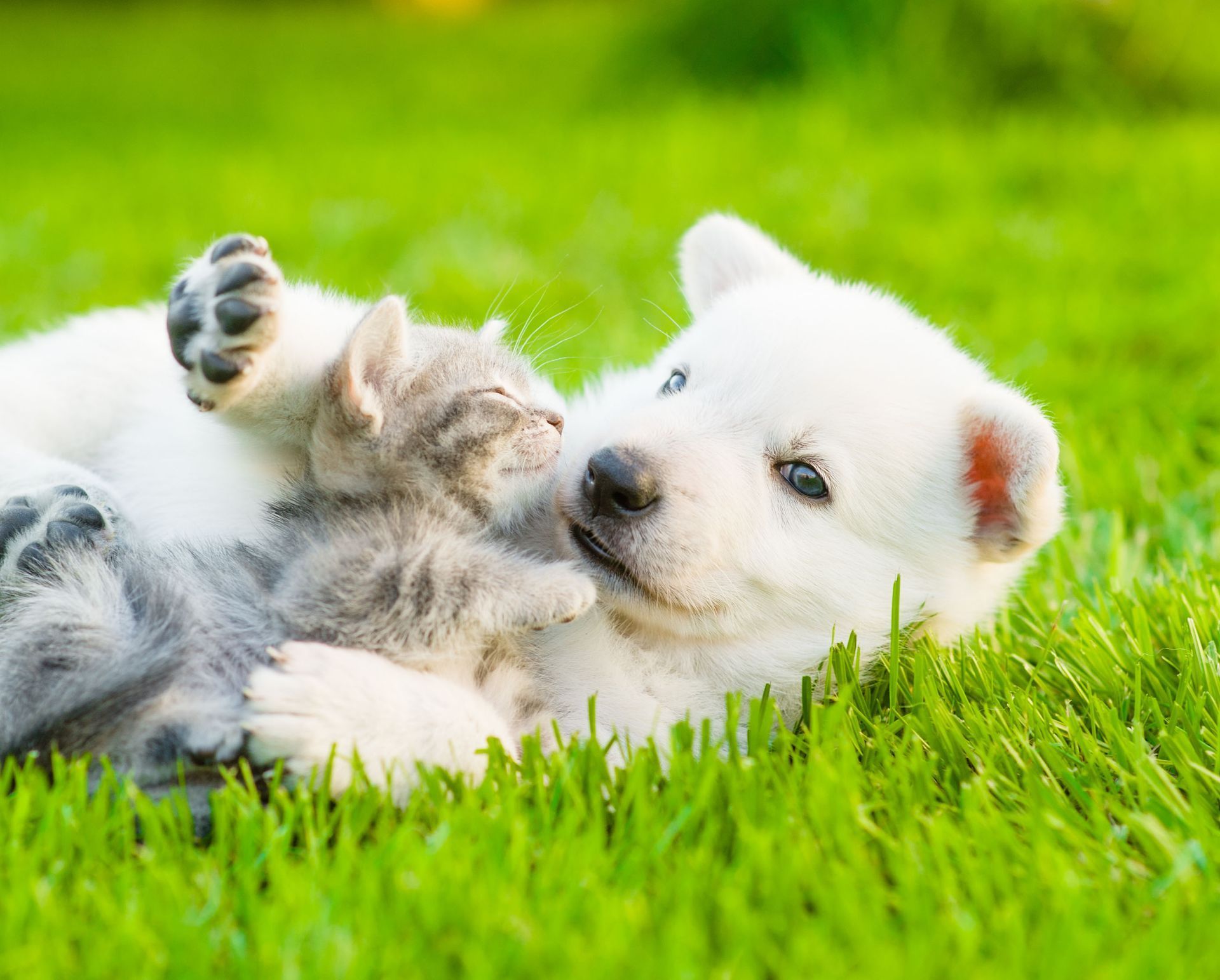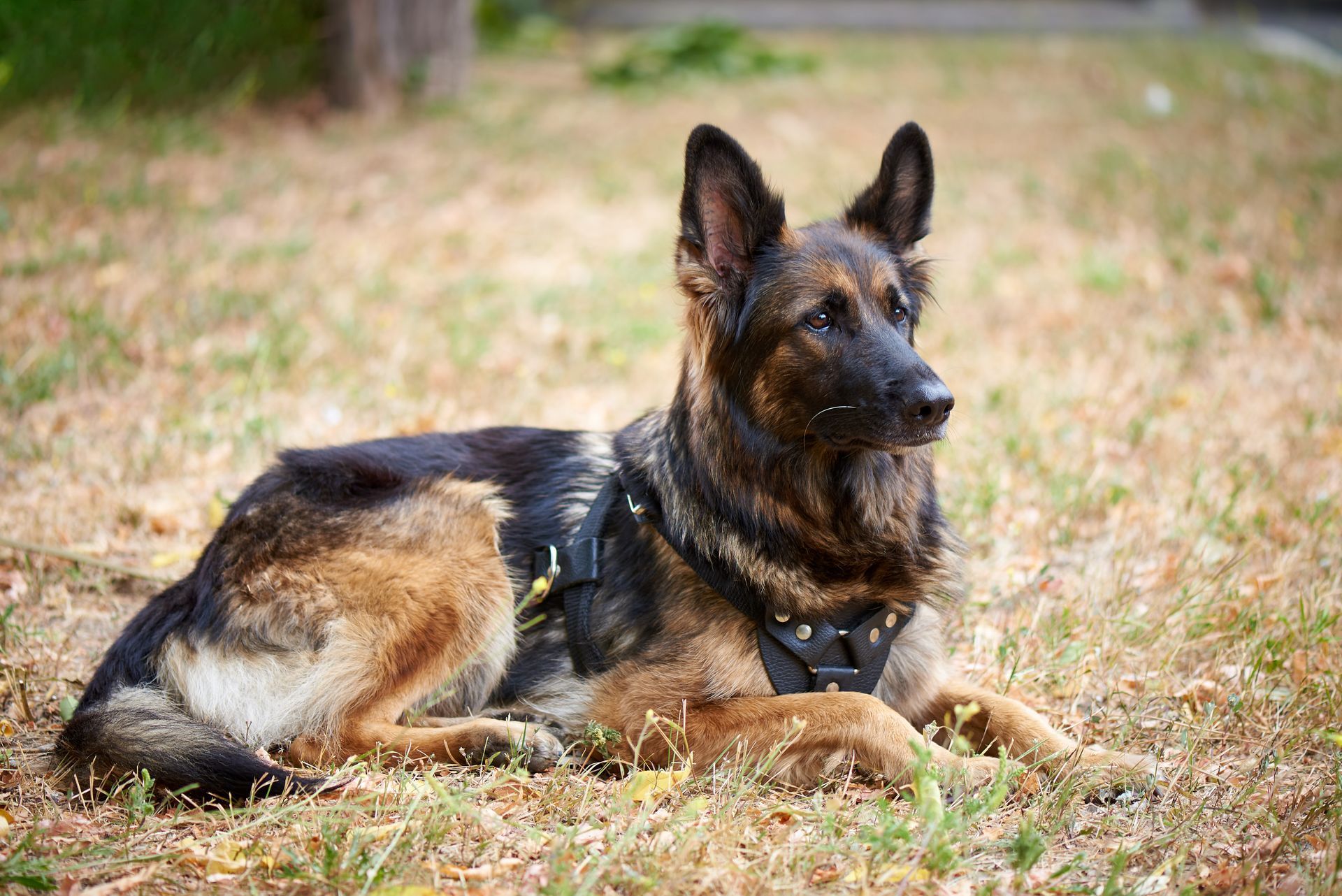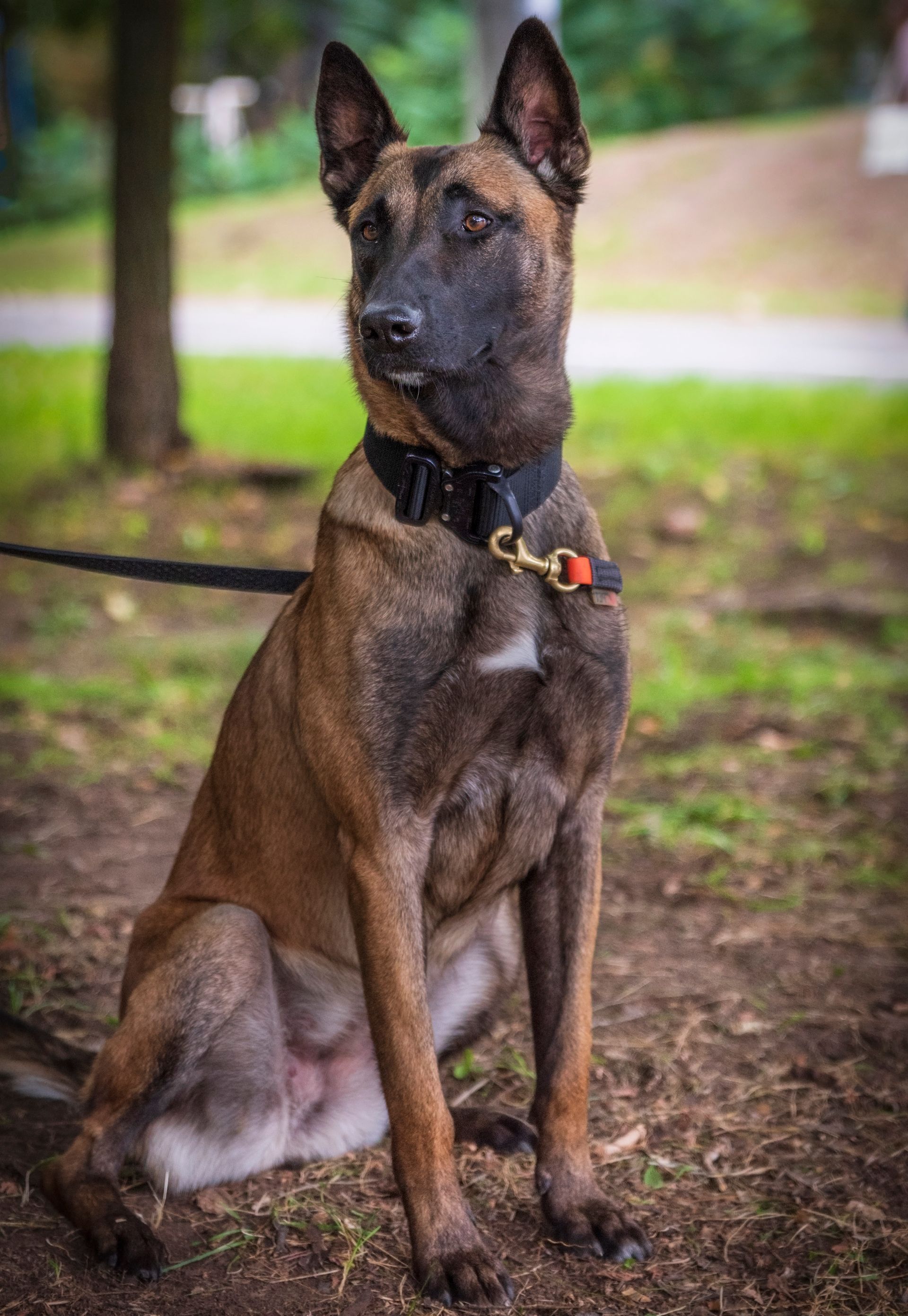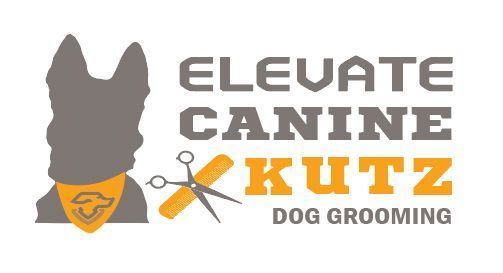May 9, 2025
When Mark signed his golden doodle, Cooper, up for training, he said, “My dog needs help. He jumps on everyone and never listens.” What he didn’t say was, “I’m overwhelmed and frustrated and tired of being embarrassed in public.”
Most owners don’t realize they’re part of the equation. They think the dog is the problem—until they’re the ones holding the leash during a training session and it becomes obvious: dogs mirror our energy.
Mark struggled with consistency. He’d give commands in a different tone every time. He’d forget to reward good behavior or accidentally encourage bad ones. He loved Cooper, but he had no idea how to lead him.
Once we coached Mark on leash handling, timing, and body language, Cooper transformed almost overnight. Not because the dog changed—because Mark did.
The result? Less stress at home. Better behavior in public. A dog that actually paid attention and wanted to work with him. And best of all, Mark no longer felt helpless.
Training isn’t a drop-off service. It’s a partnership. If you’re not learning too, it’s not real training.





